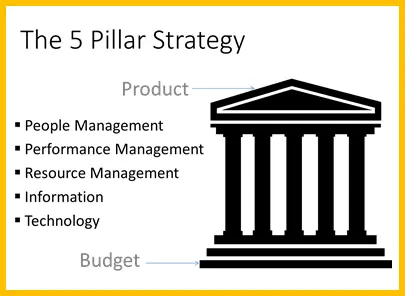When did your Contact Centre last see the Doctor?

Most of us look after our health. Feel ill? See the Doctor. Need a check-up? See the Doctor. So when did your contact centre last have its blood pressure or cholesterol checked?
One thing we all know is that the only constant in a contact centre is change. So if things are constantly changing we need to make sure its health is still good. However we get so involved with BAU and the day-to-day stuff, we forget to make an appointment at the contact centre Doctor to get a regular check-up.
Are we still best practice? Is this the right way to serve our customers? Do the inputs and costs stack up against the outputs and performance? Is technology being maximised? Is it time to invest in new technology or customer service training? Sometimes a fresh pair of eyes sees things worth review or spots opportunities we all missed.
People across your organisation may have different ideas about how to consider strengths and areas for improvement. What if you could use a proven approach that focuses on what is really important? Consider utilising the 5 Pillar Approach to review your contact centre or customer service.
5 Pillar Approach
This approach is basically a high level review of what is or isn’t working, across 5 key pillars. It’s a method for reviewing ingredients of efficiency and service, the benchmarks, costs, your team, customers’ needs and wants, investment and technology… and most importantly the synergy between them.
It’s about identifying and balancing the structural aspects of the business against the output (the product) . Think of the Parthenon with the roof being your product, the pillars being the support mechanisms to maintain the roof, and the floor or foundation the budget to support the pillars.
If your floor is too weak for the pillars, the pillars too weak to hold up the roof, then the roof collapses. Likewise, if some pillars are weak then other pillars have to take the load – it’s a balancing act to ensure the load is spread correctly.
Briefly summarised, the 5 pillars are:
- People Management – setting your structure and culture (think ‘the vibe of the thing’ from The Castle)
- Performance Management – KPIs, measurement, development of staff (Peter Drucker – important to measure, but make sure you are measuring the right thing)
- Resource Management – right people, right skills, right place, right time, right number
- Information – Are your systems and processes delivering up to date information to customers? (in the era of social media you need to be minute-perfect)
- Technology – the right technology to weld the others together
As an approach, it works equally well for new sites as for re-engineering an existing business, by doing a gap analysis on what exists now and what could exist. Compare the two and you have the areas for improvement – or confirmation you are doing it right (let’s celebrate our successes!)
Better still, the review can be broken into a two-phase solution which provides reduced upfront cost:
1. Quick fixes (e.g. workforce planning/resourcing changes, skill shortages) can be identified at the health check stage. Those are the things that stand out and are easily rectified. (In one organisation, it took just an hour to identify a small error which was leading to 30% of calls not being delivered!)
2. Identification of areas of future work (e.g. need to tender for new technology, job description or training course development). It becomes a course of antibiotics!
The big benefit of doing this 5 Pillar review first is that it limits your expenditure and uncovers some immediate areas for improvement. The solutions that need more time are also identified so no extra work is required, and the fixes can be introduced when you want to, for example in your next budget cycle.
So have you made an appointment for your contact centre with the Doctor yet?
Schedule a contact centre health check
Related Content
Net Promoter Score (NPS): Tips and Traps
The Contact Centre Industry’s Best-Kept Secret
Contact Centres in Australia
Last updated on: October 10, 2022
